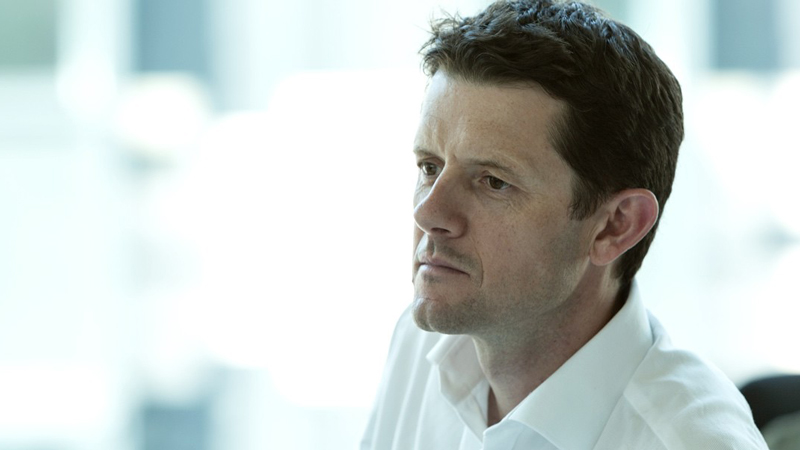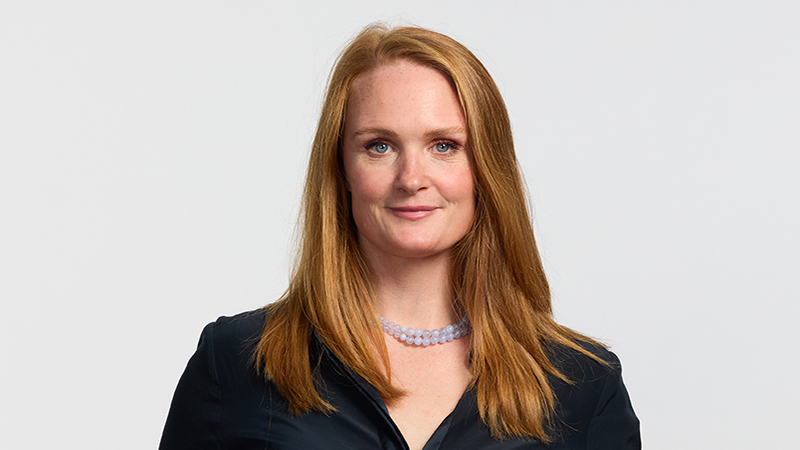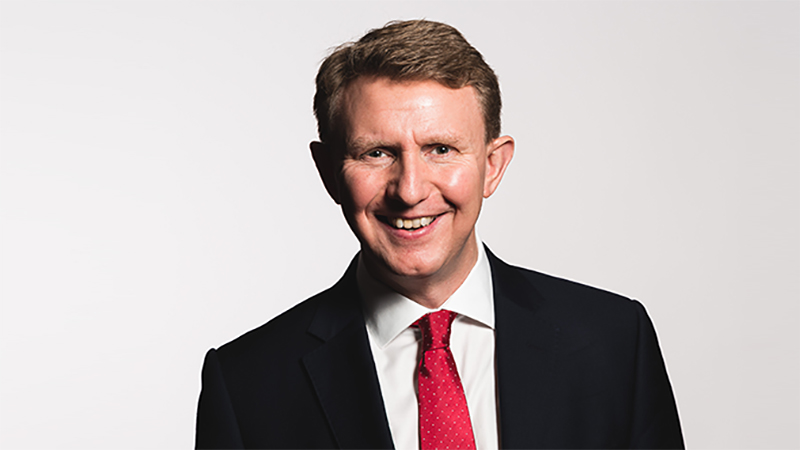iShares’ EMEA ETF business saw inflows jump 43% in 2011, as investors showed a preference for physically-backed products.
In the year to the end of December iShares saw net new assets of $18n in its Europe, Middle East and Africa division, compared to $12.6bn a year earlier.
Total assets under management in the region increased 4% in the year to $105.9bn.
The firm also said it had maintained its regional position as market leader in the ETP space, capturing over 70% of all flows into the products in EMEA.
US equity, German equity and corporate bond funds saw particularly high interest, it added.
Joe Linhares, head of iShares EMEA, said: "In a year where investors faced challenging macro-economic conditions and looked to avoid risk, iShares had a very successful 2011.
"As more investors return to the market and reposition portfolios in 2012 we believe ETFs will attract significant new interest and we are upbeat on the prospects for continued industry growth."
Preference for physical
Last year ETFs were thrust into the regulatory limelight after the IMF, Financial Stability Board and FSA warned about the emergence of potential stress spots as the market grows larger.
Counterparty risk has been one of the main areas of concern, which is why investors have favoured physical, rather than swap-based or synthetic ETFs of late.
iShares has traditionally dominated the physical ETF market, as this has always been American investors’ product type of choice.
But last year European investors joined their cousins across the pond in opting more for ETFs that buy the constituent of an index rather than try to replicate it.
This is why iShares market share has increased, while inflows into db X-trackers, Europe’s largest synthetic ETF provider dropped significantly and Lyxor posted net outflows for the year.











